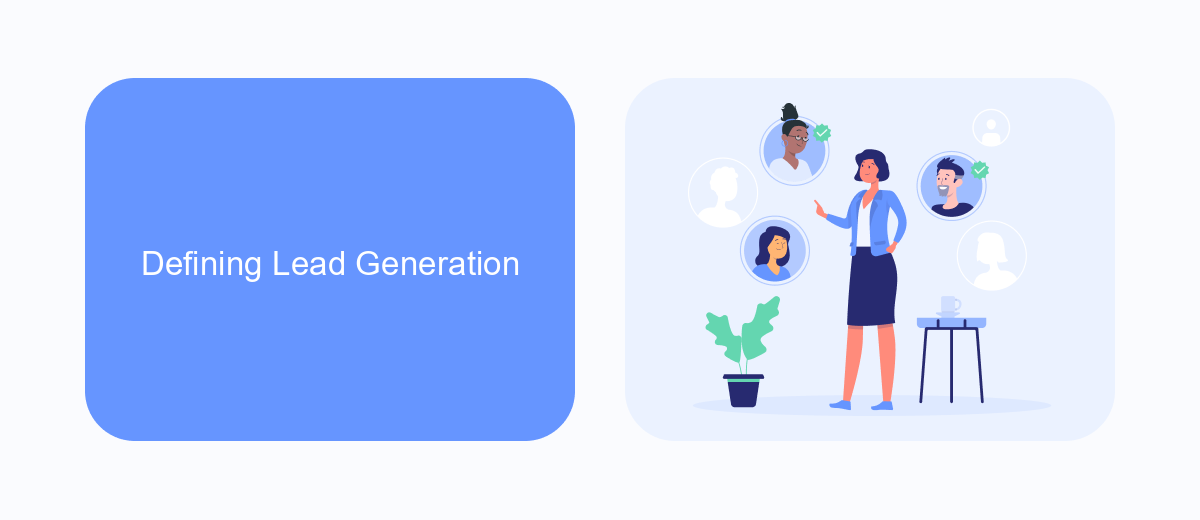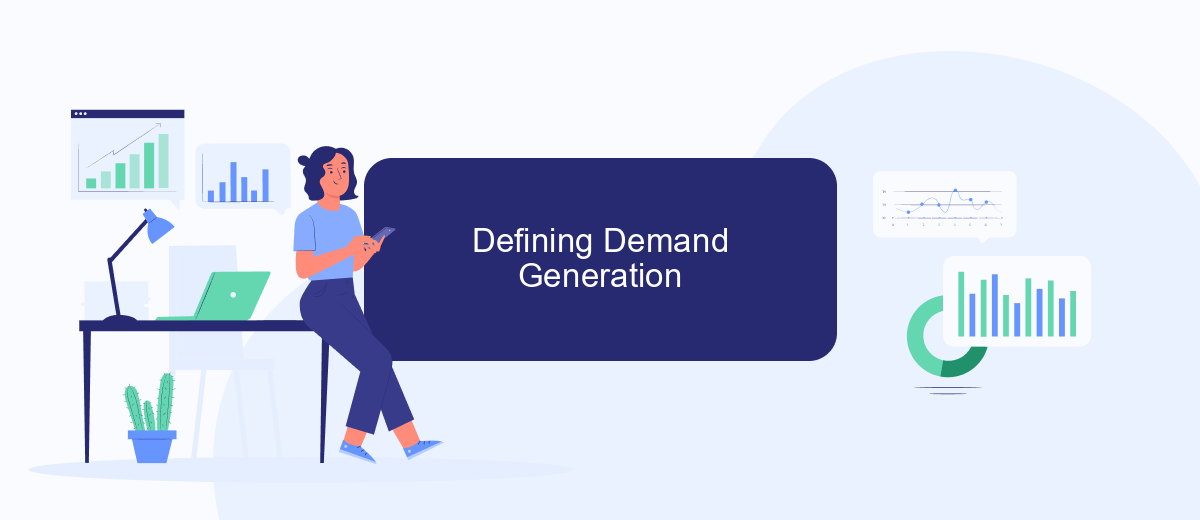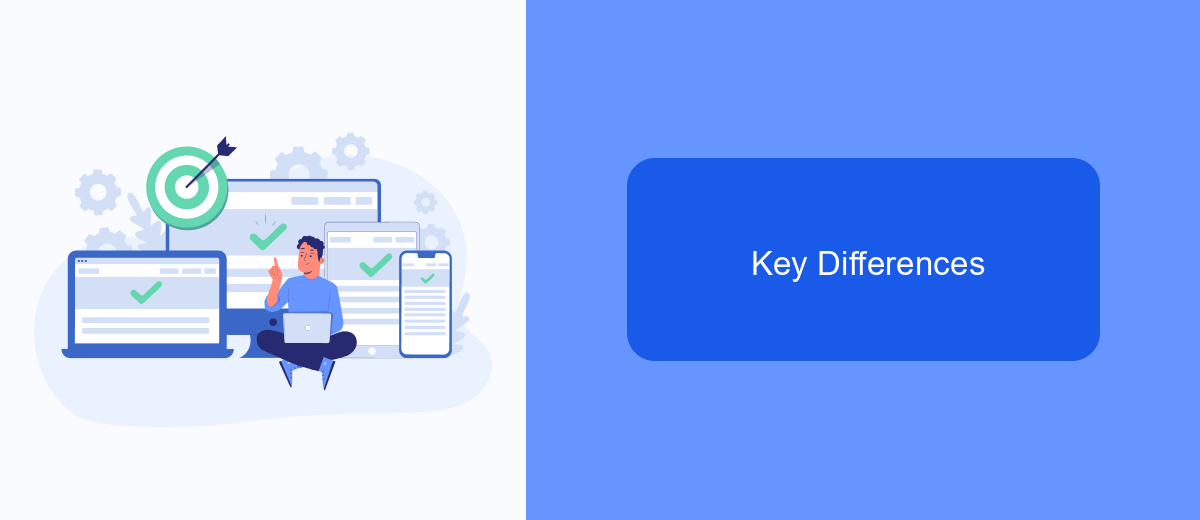In the ever-evolving landscape of marketing, understanding the distinction between lead generation and demand generation is crucial for crafting effective strategies. While both aim to attract potential customers, they serve different purposes and employ unique tactics. This article delves into the nuances of lead versus demand generation, helping businesses optimize their marketing efforts for maximum impact.
Lead Generation vs Demand Generation
Lead generation and demand generation are two crucial components of a successful marketing strategy, but they serve different purposes. Lead generation focuses on capturing contact information from potential customers, while demand generation aims to create awareness and interest in your products or services.
- Lead Generation: Tactics include email campaigns, gated content, and webinars to collect leads.
- Demand Generation: Tactics involve content marketing, social media, and SEO to build brand awareness and interest.
While lead generation is about converting prospects into leads, demand generation is about creating a need for your product. Integrating these strategies can be streamlined using tools like SaveMyLeads, which automates lead capture and integrates seamlessly with your CRM, ensuring that your marketing efforts are both efficient and effective.
Defining Lead Generation

Lead generation is the process of attracting and converting strangers and prospects into someone who has indicated interest in your company's product or service. This interest is often demonstrated by sharing contact information, such as an email address or phone number, which can then be used for further marketing and sales efforts. Effective lead generation strategies involve a combination of inbound marketing techniques, such as content marketing, social media engagement, and search engine optimization, to draw potential customers into your sales funnel.
One of the key components in successful lead generation is the integration of various tools and services that streamline the collection and management of leads. SaveMyLeads, for example, offers an automated solution that connects your lead generation forms with your CRM, email marketing software, or other applications. This ensures that no lead is lost and that each prospect is promptly nurtured through personalized follow-ups. By leveraging such integrations, businesses can enhance their lead generation efforts, making the process more efficient and effective.
Defining Demand Generation

Demand generation is a comprehensive marketing strategy aimed at creating awareness and interest in a company's products or services. Unlike lead generation, which focuses on capturing contact information, demand generation nurtures potential customers through various stages of the buying journey, ensuring they are well-informed and ready to make a purchase decision.
- Identify target audience: Understand who your potential customers are and what their pain points are.
- Create valuable content: Develop content that addresses the needs and interests of your target audience.
- Leverage multiple channels: Use social media, email marketing, SEO, and other channels to reach your audience.
- Engage and nurture: Use tools like SaveMyLeads to integrate and automate your marketing efforts, ensuring consistent engagement with your audience.
- Measure and optimize: Continuously track the performance of your campaigns and make data-driven adjustments.
By focusing on these steps, businesses can effectively generate demand and build a strong pipeline of potential customers. The goal is to create a seamless and engaging experience that guides prospects from awareness to consideration, and ultimately, to conversion. Tools like SaveMyLeads can play a crucial role in automating and optimizing these processes, making demand generation more efficient and effective.
Key Differences

Lead generation and demand generation are often used interchangeably, but they serve distinct purposes in the marketing funnel. Lead generation focuses on capturing contact information from potential customers, while demand generation aims to create awareness and interest in your product or service.
One of the primary differences is the stage of the buyer's journey they target. Lead generation typically occurs in the middle of the funnel, converting interested prospects into leads. On the other hand, demand generation operates at the top of the funnel, building brand awareness and generating interest.
- Lead generation captures contact information for follow-up.
- Demand generation builds brand awareness and interest.
- Lead generation is more short-term focused.
- Demand generation is a long-term strategy.
- Tools like SaveMyLeads can streamline lead capture and integration.
By understanding these key differences, businesses can better allocate their resources and strategies to maximize both lead and demand generation efforts. Utilizing services like SaveMyLeads can further enhance the efficiency of your lead generation processes, ensuring seamless integration and follow-up.


Choosing the Right Approach
Choosing the right approach between lead generation and demand generation largely depends on your business goals and current market position. If your primary objective is to quickly build a list of potential customers for immediate sales efforts, lead generation might be the way to go. This approach focuses on capturing contact information through various tactics such as landing pages, forms, and gated content. On the other hand, if you aim to create long-term brand awareness and educate your audience about your products or services, demand generation is more suitable. This strategy involves producing high-quality content, engaging in social media marketing, and nurturing leads over time.
Additionally, integrating tools and services can significantly enhance your chosen strategy. For instance, SaveMyLeads is an excellent service that automates the process of capturing and managing leads. By connecting your lead generation forms with your CRM or email marketing platform, SaveMyLeads ensures that no potential customer is overlooked. This seamless integration allows your team to focus on nurturing and converting leads, making your marketing efforts more efficient and effective. Ultimately, the right approach should align with your business objectives and leverage available technologies to maximize results.
FAQ
What is the difference between lead generation and demand generation?
Which is more important: lead generation or demand generation?
How can I measure the effectiveness of my demand generation efforts?
What tools can help automate lead generation processes?
Can demand generation and lead generation work together?
If you use Facebook Lead Ads, then you should know what it means to regularly download CSV files and transfer data to various support services. How many times a day do you check for new leads in your ad account? How often do you transfer data to a CRM system, task manager, email service or Google Sheets? Try using the SaveMyLeads online connector. This is a no-code tool with which anyone can set up integrations for Facebook. Spend just a few minutes and you will receive real-time notifications in the messenger about new leads. Another 5-10 minutes of work in SML, and the data from the FB advertising account will be automatically transferred to the CRM system or Email service. The SaveMyLeads system will do the routine work for you, and you will surely like it.
